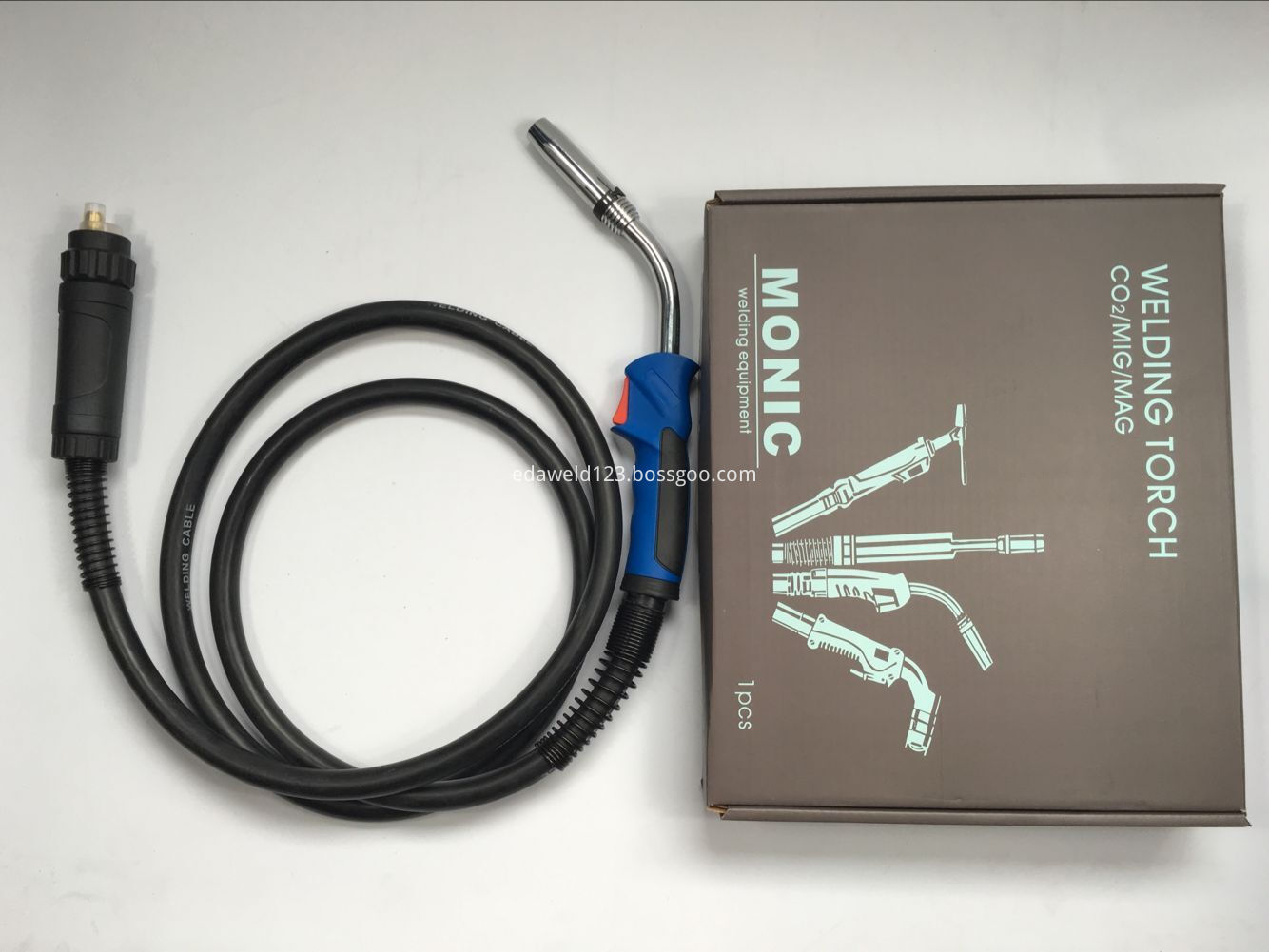The video surveillance industry has long been associated with a well-known English abbreviation—CCTV. This term, originally standing for "Closed-Circuit Television," was coincidentally aligned with the logo of China Central Television (CCTV), creating a unique connection between the media and security sectors. While CCTV once accurately described the basic function of closed-circuit monitoring systems, today’s advancements in smart and high-definition technologies have made this label less precise.
The evolution from standard definition (SD) to high definition (HD) has transformed the entire video surveillance ecosystem. Smart HD surveillance is now driving innovation across the industry, from front-end cameras to back-end storage solutions. This shift isn’t just about clearer images—it's about smarter systems that can analyze, detect, and respond in real time. As a result, HD has become a key driver in the growth of the video market and an essential component of smart city initiatives.
High-definition technology has its roots in the television industry. Japan began exploring high-definition TV as early as the 1960s, while Europe and the U.S. followed suit in the 1980s and 1990s. The development of digital HDTV standards by SMPTE eventually gained global acceptance, setting the stage for the digital revolution in both broadcasting and surveillance. In China, the journey toward digital high-definition started in 1998, with the launch of the DMB-TH standard in 2006 and the introduction of digital HDTV in 2008. This marked a significant milestone in China’s push for advanced video technology.
Beyond television, the rise of high-definition has also influenced other industries, such as digital cameras and DVD players. From VCDs to Blu-ray, each generation brought higher resolution and better quality. EVD, a high-definition format developed specifically for China, showcased the country’s efforts in building independent technological standards. However, rapid technological progress soon rendered some of these formats obsolete, highlighting the fast-paced nature of the industry.
In the realm of surveillance, HD has become more than just a visual upgrade—it's a catalyst for smarter, more efficient systems. The transition from analog to HD introduced new challenges, including increased storage needs, bandwidth demands, and technical complexities like auto-focus and color correction. Despite these hurdles, the demand for intelligent HD surveillance continues to grow, especially in urban environments where safety and efficiency are paramount.
Smart cities rely heavily on integrated surveillance systems that combine high-definition imaging with AI-driven analytics. These systems not only monitor but also predict and respond to events in real time. Urban complexes, which serve as hubs for business, residential, and entertainment activities, require seamless integration of smart technologies to ensure safety, convenience, and operational efficiency. Intelligent lighting, building management, and security systems all play crucial roles in making cities safer and more livable.
Government initiatives have accelerated the adoption of HD surveillance across various sectors. In Guangdong, for example, a three-year plan aimed to install over 960,000 new surveillance points, while Shanghai set ambitious goals for upgrading campus security systems. Similar projects were launched in cities like Qingdao, Quanzhou, and Liuzhou, showcasing the nationwide push toward high-definition monitoring.
Regulatory changes, such as the revised traffic rules in 2013, further emphasized the need for high-definition electronic enforcement systems. These systems not only improve compliance but also enhance public safety. In Shanghai, the shift toward IP and SDI cameras signaled the decline of traditional analog equipment, marking a new era in surveillance technology.
As we look ahead, the application of high-definition surveillance will continue to expand, becoming a cornerstone of smart city development. With ongoing innovations and increasing demand, the future of video surveillance is not just about seeing more clearly—it’s about understanding and responding to the world around us in real time.
BZL Type Welding Torch is the commonest series in the mig welding torch.
Also it has various of kinds of types ,such as the gas cooled 15AK ,23KD ,24KD,25AK ,26KD ,36KD ,40KD and water cooled 401D,501D. The different types can hold different rating from 180-500A CO2 and 150-450A mixed gases. Also can suit for many kinds of wize size .You can choose according your need.
BZL Type welding torch series is famous all over the world ,has good quality and completive price compare with the others .

BZL Type Mig Welding Torch,BZL Type Automatic Welding Torch,501D Welding Torch,15AK Welding Torch,36KD Welding Torch,25AK Mig Welding Torch
EDAWELD COMPANY LIMITED , https://www.jsedaweld.com